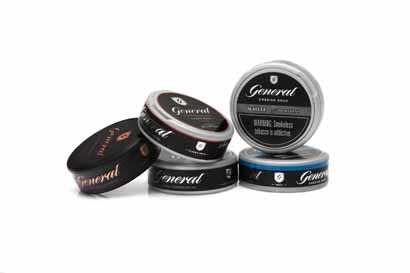A group made up of members of the UK’s lower and upper houses of parliament have today urged the government to build upon Public Health England’s (PHE) ‘Stoptober’ anti-smoking campaign, which was the first of its kind to encourage the use of vaping as a means to quit smoking.
In its report, The State of the Vaping Nation, the All Party Parliamentary Group (APPG) on E-Cigarettes has called on the government and public health bodies to sustain and capitalise on the level of public engagement with vaping seen during Stoptober by launching a continuous program to keep promoting and accurately communicating the positive public health evidence for vaping.
Meanwhile, following the PHE campaign, which emerged from the government’s commitment in its recently published Tobacco Control Plan to back the promotion of the positive public health opportunity of vaping, the UK Vaping Industry Association (UKVIA), the largest trade body representing the sector, has reported that its members have experienced significant increases in sales during Stoptober.
‘In particular, the APPG has seen evidence from the UKVIA that there has been a considerable rise in starter-kit sales this Stoptober, suggesting a significant increase in those smokers trying vaping for the first time, according to a press note issued on behalf of the APPG
‘Watford-based Vape Club, the UK’s largest online vape e-liquid shop and JAC Vapour, a leading retailer, wholesaler and producer of vaping products, have experienced increases in starter kit sales by 37 percent and 65 percent year on year respectively.
‘Edinburgh based Vaporized, the UK’s largest vape retail chain, added three more stores to its now 106 store portfolio and experienced a 40 percent year on year rise in sales this October.’
Mark Pawsey MP, chairman of the APPG, was quoted as saying that the positive public health message regarding vaping had up to now been failing to get across to the UK’s remaining 7.6 million smokers.
“The Public Health England campaign was a welcome change and has had an obvious effect, but it needs to be sustained, not just a one off.
“That’s why today we are calling upon the government to ensure such campaigns become the norm, not an exception, so that the UK can fully exploit the public health potential of vaping.
“Without these campaigns the current mixed messages surrounding vaping will continue and create a confusing picture.”
The report says that currently 20 percent of people correctly identify that vaping is ‘a lot less harmful’ than is smoking, down from 31 percent in 2015.
In addition, the number of adults who believe that vaping is ‘as harmful’, or ‘more harmful’ than smoking has risen from seven percent in 2013 to 26 percent in 2017.
“We are concerned that aspects of the [EU] Tobacco Products Directive work against helping people to stop smoking by making life for vapers more difficult … and by preventing positive messages being shared among those who have been frightened off vaping by a hostile propaganda war,” said Louise Ross, Stop Smoking Service Manager for Leicester City Council, the first Stop Smoking Service to go e-cigarette friendly.
The parliamentarians believe misinformation is actively preventing smokers from making the decision to switch to vaping. The number of UK vapers increased by four percent from 2016 to 2017.









